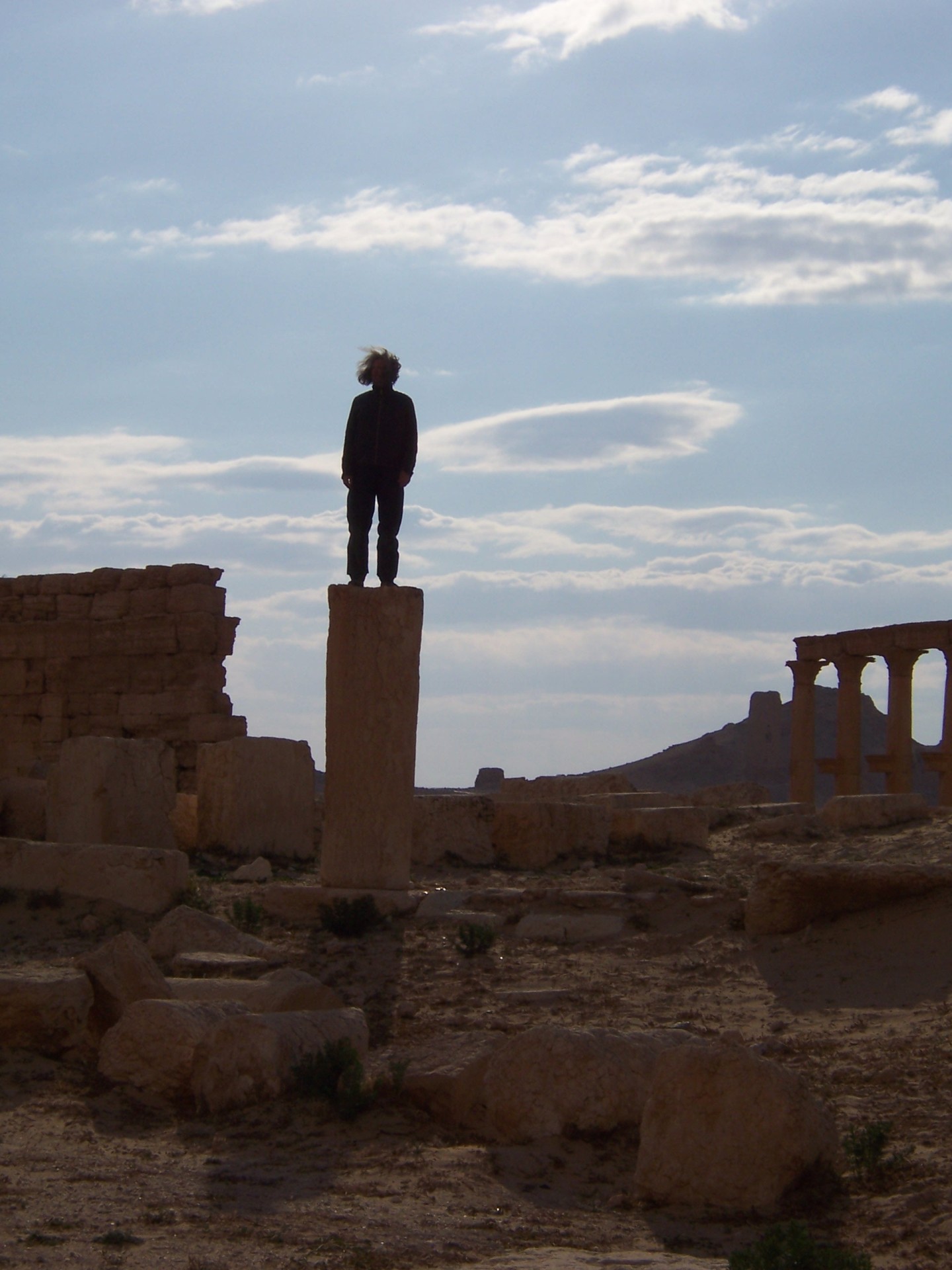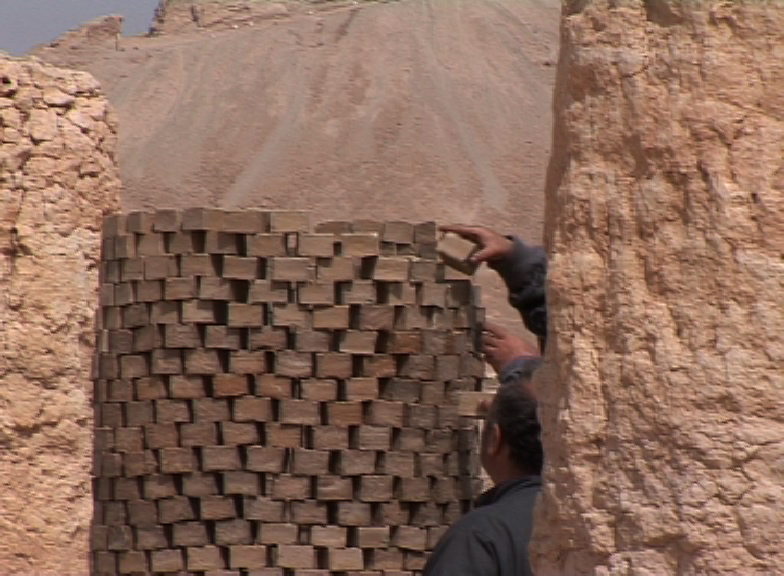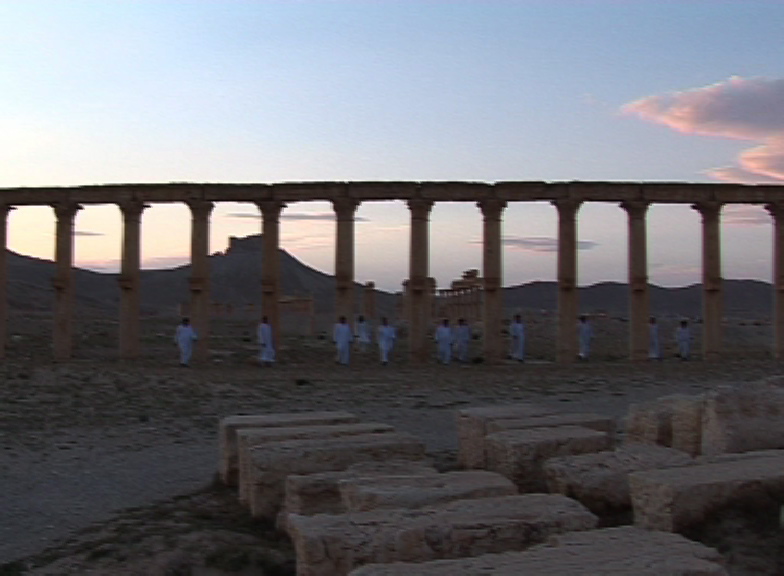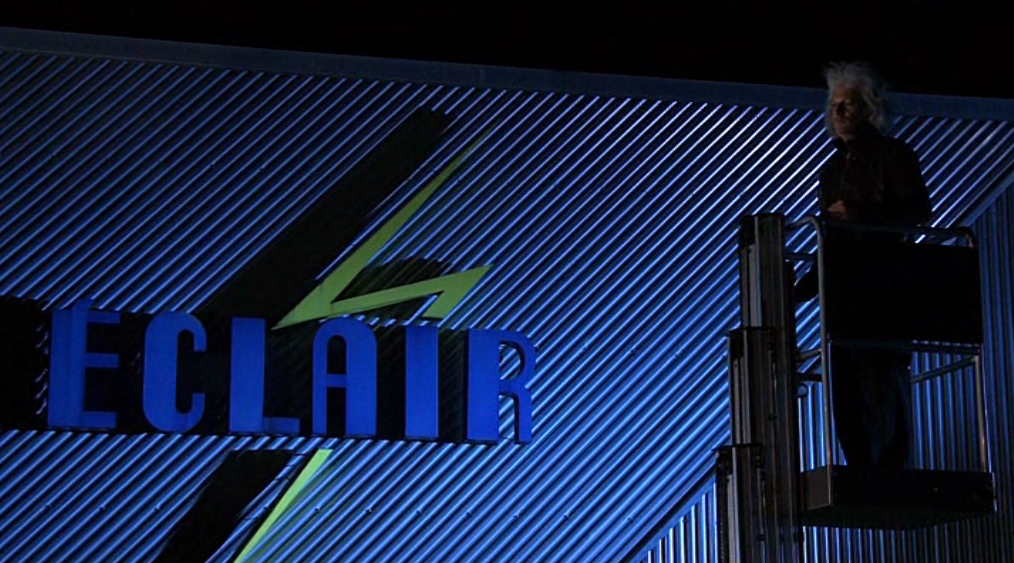La réalisatrice Manuela Morgaine raconte…
Je suis partie des Mille et une nuits, le livre. Je devais avoir quinze ans. J’avais été saisie par un passage où il était question d’une truffe sacrée ou « légume d’Allah », truffe blanche qui poussait dans le désert, un champignon aphrodisiaque.
Ensuite j’ai oublié l’histoire très longtemps.
Plus tard, je fouillais les territoires symboliques de la foudre. Je cherchais à recueillir ses récits en tous genres. Je suis tombée alors sur un article de botanique évoquant la truffe blanche toujours dénommée en anglais « desert white truffle ». Elle poussait en Syrie, une fois par an, lors des fortes pluies de printemps, engendrée toute crue par l’éclair à la terre ou coup de foudre. Même si j’avais peine à croire qu’un légume pouvait pousser ainsi sous l’effet de la foudre, j’ai commencé de faire le lien avec ce « légume d’Allah » des Mille et une nuits et je me suis dit que la réalité encore une fois était incontestablement la plus grande source de fiction. J’ai cherché sur la carte de Syrie où se trouvait le désert de Cham, où poussait la KAMA. Je venais de découvrir enfin son nom scientifique. C’était non loin du site de Qualat Samaan, là où avait vécu Syméon, le tout premier des stylites, ces moines extrêmes qui vivaient debout, et des années entières sur des colonnes. Syméon avait été plusieurs fois foudroyé.
Peu à peu l’idée d’un documentaire à la mesure de terres de fiction m’est venu en tête autour du personnage de Syméon et de la kama.
Je me suis demandée comment, formellement, j’allais pouvoir à la fois faire connaître cette truffe sacrée, et l’histoire de ce fou de dieu. La réalisation d’une légende cinématographique s’est alors imposée.
Pendant un premier repérage en Syrie j’ai découvert les savonneries d’Alep. Il fallait que le savon, comme la kama, comme tous les trésors de ce pays, percent l’écran et nous perdent dans les allées labyrinthiques du grand souk d’Alep. Mais j’ai découvert dans le même temps la dureté des zones militaires, la difficulté de tourner dans ce pays, la répression, la surveillance continues. J’ai rencontré les gens, les vrais. Il y avait un écart immense entre la violence subie et la poésie de tout bout de champs. Le seul moyen de communiquer en profondeur avec eux, sans risque de représailles, c’était qu’ils me conduisent aux hauts lieux d’histoire et de fiction : Palmyre, Syméon, la kama, le savon, les derviches tourneurs, l’Euphrate. Si j’allais là alors j’entrais partout et tout s’ouvrait. Parce que j’allais là où ils pouvaient aller et penser et parler librement.
Sésame, la légende s’est imposée davantage.
Il fallait donc que je raconte comme dans un livre avec les outils du cinéma. Que j’amplifie, que je redéfinisse les couleurs pour que le film ressemble à des pages de livres enluminés.
Que je trouve des musiciens capables d’entraîner au voyage. De fabriquer du faux vent avec les flûtes en roseau venues du Moyen-Orient. Pas la musique traditionnelle mais une Syrie musicale imaginaire elle aussi.
Que je trouve un homme capable d’incarner le personnage de Syméon sans le jouer, mais en restant lui-même. J’ai alors rencontré Michaël Jasmin, archéologue dans la vie, spécialisé dans des fouilles au Moyen Orient. Fouillant la terre, il faisait le lien entre le ciel de Syméon et la terre de la kama. Artiste, il recréait des mondes à la mesure des sites archéologiques majestueux que le film choisissait de traverser.
Que la voix off, la mienne comme la sienne s’imposent comme modes de récits.
J’ai écrit, j’ai tourné avec Pasolini en tête tout le temps.
La modernité de ses films en djellabahs. Le film n’avait pas un rond, mais nous étions riches comme des sultans.
J’ai acheté des djellabahs blanches dans les marchés, j’ai cherché des nomades sur les routes, je les en ai revêtus, et tous ensemble nous avons vécu une aventure humaine et artistique bravant tous les impossibles. Moi ni eux n’en avions les moyens.
Le fait que le film existe est le signe que nous sommes capables de tout mais bien moins que le réel.
Ici tout est vrai, ou presque.
Découvrez le travail d’Artiste Archéologue de Michaël Jasmin ( personnage de Syméon)
www.michaeljasmin.org
Emmanuel Hosseyn During a composé la musique de la légende de Syméon (Printemps de FOUDRE). vous trouverez notamment des extraits de sa composition sur son site au chapitre Soundtrack
Extrait des notes de la réalisatrice Manuela Morgaine à l’attention d’Emmanuel Hosseyn During, compositeur.
Vidéos du tournage







